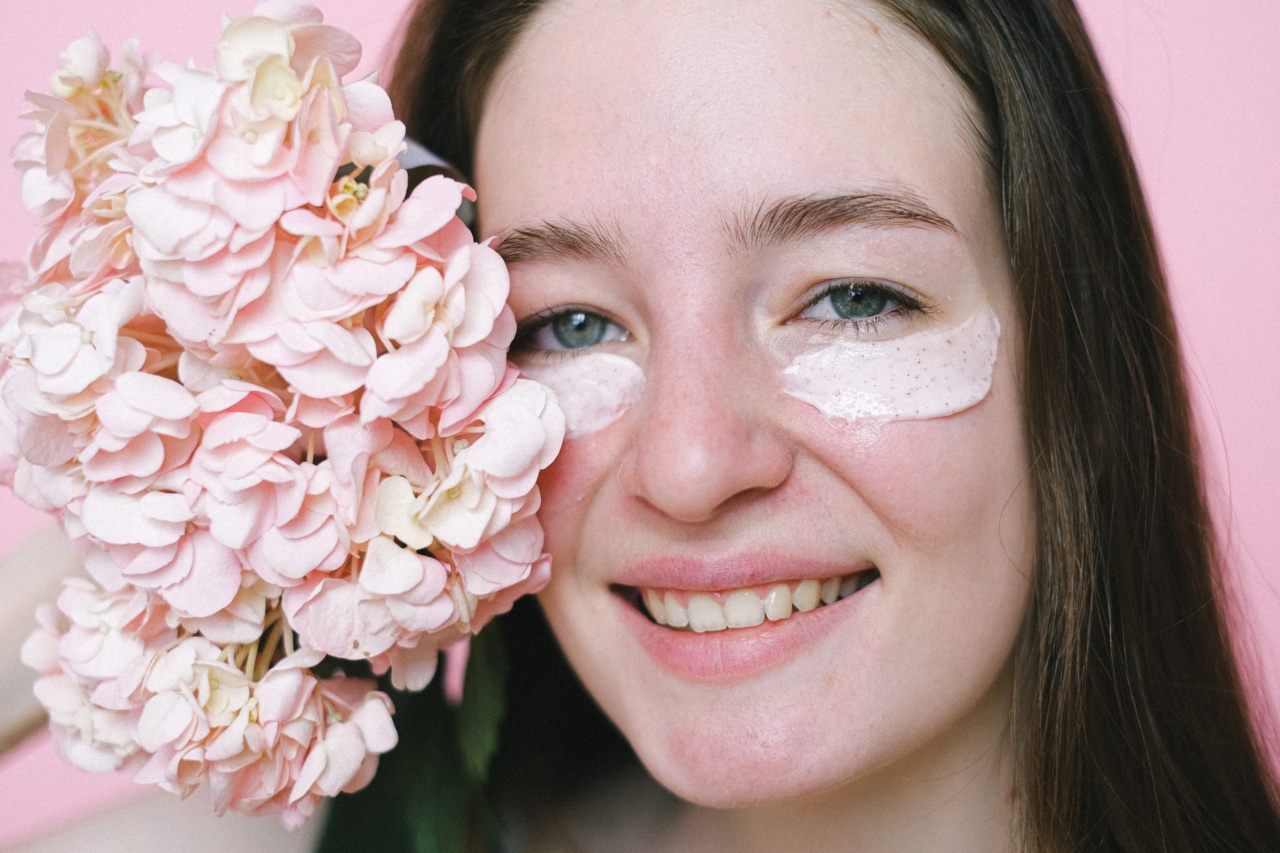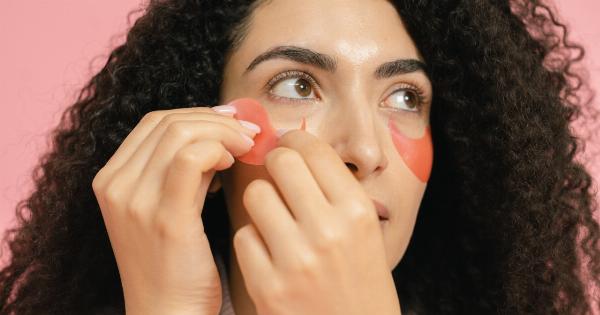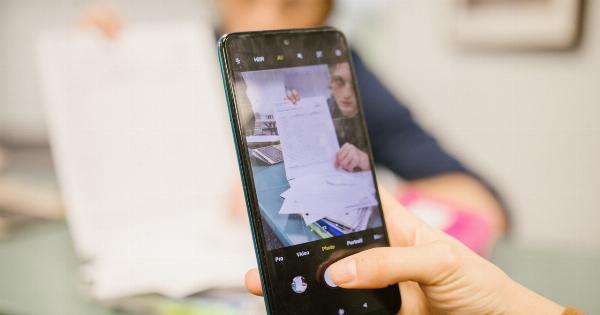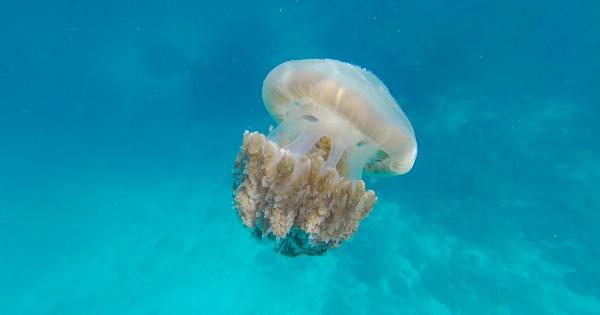As a parent, one of your primary concerns is the well-being of your child. This includes their physical health, which can sometimes be compromised by various illnesses.
One common ailment that affects many children is pink eye, also known as conjunctivitis. Pink eye causes inflammation of the conjunctiva, the thin, transparent membrane that covers the white part of the eye and lines the inner surface of the eyelids. It can be highly contagious and easily spreads from one child to another.
In this article, we will discuss how to spot the symptoms of pink eye in children and provide effective treatment options.
1. Understanding the Types of Pink Eye
Before we delve into the symptoms and treatments, it is important to understand that there are several types of pink eye, each requiring slightly different approaches. The three main types include:.
a. Viral Conjunctivitis: This is the most common type of pink eye among children and is caused by a viral infection. It typically starts in one eye and spreads to the other within a few days.
Viral conjunctivitis often accompanies a cold or respiratory infection.
b. Bacterial Conjunctivitis: Bacterial pink eye is caused by bacteria and can result in intense redness and swelling of the eyes. It tends to present with a thick, yellow or green discharge that can cause the eyelids to stick together.
c. Allergic Conjunctivitis: Allergic pink eye occurs when the eyes come into contact with an allergen, such as pollen, pet dander, or dust mites.
It can affect both eyes simultaneously and is often accompanied by other allergy symptoms, such as sneezing and a runny nose.
2. Identifying the Symptoms of Pink Eye
Pink eye can cause several noticeable symptoms in children. Some common signs to watch out for include:.
a. Redness: The whites of the eyes may appear pink or red due to inflammation.
b. Itchiness: Children with pink eye often complain of itching or a gritty feeling in their eyes.
c. Excessive Tearing: Watery eyes and increased tear production are common symptoms.
d. Discharge: Viral and bacterial conjunctivitis can cause a sticky or crusty discharge, whereas allergic conjunctivitis may result in a clear, watery discharge.
e. Swelling of the Eyelids: Pink eye can cause noticeable swelling of the eyelids.
f. Sensitivity to Light: Children may be more sensitive to bright lights or sunlight when they have pink eye.
If your child experiences any of these symptoms, it is important to consult a healthcare professional for an accurate diagnosis.
3. Diagnosing Pink Eye
To identify the specific type of pink eye affecting your child, a healthcare professional will conduct a thorough examination. They may ask about your child’s symptoms and medical history.
In some cases, they may collect a sample of eye discharge for lab testing to determine whether the infection is viral or bacterial.
4. General Treatment Approaches
Although pink eye can be uncomfortable for children, the good news is that it is usually a self-limiting condition, meaning it resolves on its own without treatment.
However, there are actions you can take to alleviate your child’s discomfort and speed up recovery:.
a. Warm Compresses: Apply a clean, warm compress to the affected eye to relieve swelling and remove crusts or discharge.
b. Eye Drops: Over-the-counter lubricating eye drops may help soothe irritation and relieve dryness. However, consult a healthcare professional before using any eye drops, especially when it concerns children.
c. Good Hygiene Practices: Teach your child to wash their hands frequently and avoid touching or rubbing their eyes. Encourage them to use their own towels, tissues, and pillows to prevent spreading the infection.
d. No Contact Lenses or Makeup: Advise your child to avoid wearing contact lenses or eye makeup until the infection completely clears up.
It is important to note that viral and bacterial conjunctivitis are highly contagious, and if your child is affected, it is best to keep them home from school or daycare until they are no longer contagious.
Consult with a healthcare professional regarding the recommended duration.
5. Specific Treatment for Different Types of Pink Eye
While most cases of pink eye do not require medical treatment, there are instances where specific interventions may be necessary:.
a. Viral Conjunctivitis: Unfortunately, there is no direct treatment for viral conjunctivitis, as it is caused by a virus. The infection usually resolves on its own within a week or two.
Your doctor may prescribe antiviral eye drops to help alleviate symptoms and prevent a secondary bacterial infection.
b. Bacterial Conjunctivitis: Bacterial pink eye can sometimes be treated with antibiotic eye drops or ointment to shorten the duration of the infection and reduce contagion.
Always consult a healthcare professional before using any medication on your child’s eyes.
c. Allergic Conjunctivitis: The primary approach to managing allergic pink eye is to identify and avoid the allergen causing the reaction.
Your child’s doctor may recommend antihistamine eye drops or oral medications to alleviate symptoms during allergy season or when exposure to the allergen cannot be avoided.
6. When to Seek Medical Attention
In most cases, pink eye resolves without complications. However, there are instances where medical attention is necessary:.
a. Severe Pain or Vision Changes: If your child experiences severe eye pain or any changes in their vision, it is crucial to seek immediate medical attention, as these could indicate a more serious condition.
b. Symptoms Worsen or Persist: If your child’s symptoms worsen or do not improve within a few days, it is advisable to consult a healthcare professional for further evaluation and treatment options.
7. Preventing the Spread of Pink Eye
Preventing the spread of pink eye is essential to protect your child and others. Some preventive measures include:.
a. Good Hand Hygiene: Teach your child the importance of washing their hands frequently, especially before and after touching their eyes or face.
b. Avoiding Touching or Rubbing Eyes: Discourage your child from touching or rubbing their eyes, as this can increase the risk of infection.
c. Using Clean Towels and Bedding: Ensure your child uses clean towels, pillowcases, and bedsheets to avoid spreading or reinfecting themselves.
d. Cleaning and Disinfecting: Regularly clean and disinfect commonly touched surfaces, such as doorknobs, faucets, and toys, to prevent the spread of bacteria or viruses.
By following these simple steps, you can significantly reduce the likelihood of your child contracting or spreading pink eye.





























